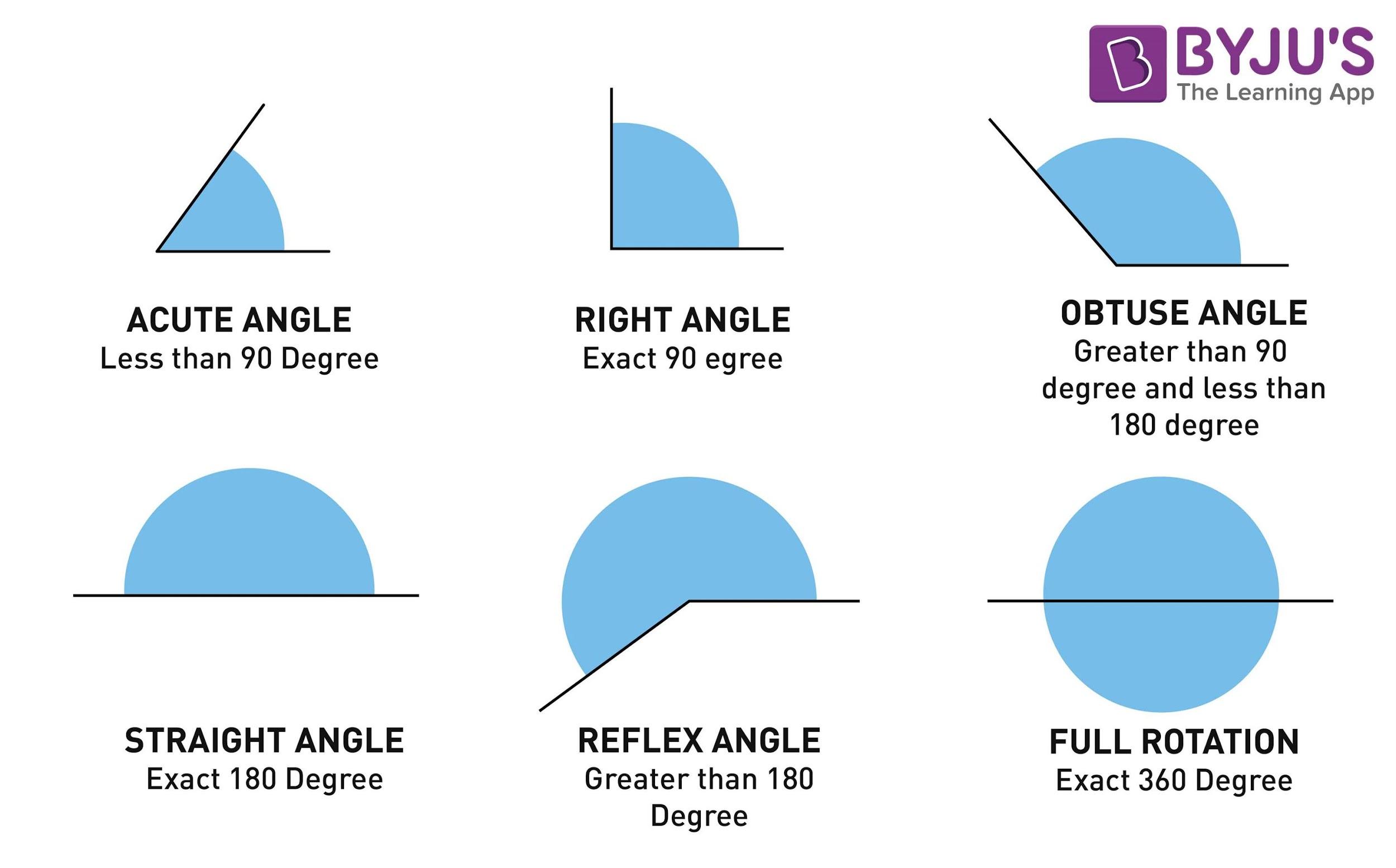
Understanding the relationship between angles in a triangle is crucial for mastering the principles of geometry. In any triangle, one of the most compelling questions enthusiasts and students alike encounter is: “Which angle in triangle ABC has the largest measure?” This question not only forms a fundamental part of geometric principles but also guides students through the intricacies of analytical reasoning and spatial understanding. Let us embark on a systematic examination to illuminate this concept.
To discern which angle in triangle ABC is the largest, we must first lay down a robust foundation of definitions and properties pertinent to triangles. A triangle, by definition, is a three-sided polygon, which inherently contains three angles. The sum of these internal angles, regardless of the triangle’s shape or size, is always 180 degrees. Therefore, the relationship between the lengths of the triangle’s sides and their corresponding angles will unveil significant insights into identifying the largest angle.
As we delve deeper, it is essential to establish a correlation between the sides of the triangle and the measures of its angles. The triangle inequality theorem offers a pivotal guideline here. This theorem states that the length of any one side of a triangle must be less than the sum of the lengths of the other two sides. This concept not only hints at the structural integrity of the triangle but also serves as a stepping stone to our primary inquiry.
To determine which angle encapsulates the largest measure, we can apply a vital principle in geometry: the largest angle in a triangle is always opposite the longest side. This observation is crucial and should be delineated systematically to ensure full comprehension.
Step One: Identify the Sides of Triangle ABC
Begin by identifying the lengths of each side in triangle ABC. Label these sides as follows:
- Side a – the length opposite angle A
- Side b – the length opposite angle B
- Side c – the length opposite angle C
For illustrative purposes, let’s assume the lengths of the sides are as follows:
- a = 5 cm
- b = 7 cm
- c = 9 cm
Step Two: Analyze the Side Lengths
With the side lengths established, you can start comparing these values. The longest side in this instance is side c, measuring 9 cm. This straightforward observation leads us to the next crucial principle:
- The angle opposite side c (angle C) must be the largest angle within triangle ABC.
Step Three: Converse of the Triangle Inequality Theorem
In geometric analysis, conversing the previously established principles can reinforce understanding. Recognizing that as one side length increases, the corresponding opposite angle simultaneously increases deepens the comprehension of angular relationships. Given that side c is the longest, it follows that angle C must embody the highest measure.
Step Four: Confirm with Angle Relationships
To further substantiate your findings, consider using the Law of Sines, which posits a strong relationship between side lengths and angle measures:
(a/sin A) = (b/sin B) = (c/sin C)
By applying the Law of Sines, you can calculate the exact measures of the angles if the triangle is not a right triangle. This enhances accuracy and provides an empirical method to confirm that angle C is indeed greater than angles A and B.
Step Five: Geometric Visualizations
Many learners find that visual aids assist in grasping mathematical concepts. Draw triangle ABC, label its sides and angles clearly, and represent the lengths they correspond to. By explicitly illustrating the longest side, the largest angle becomes vividly apparent. Such visual representations emphasize the theoretical properties being explored.
Conclusion: Embracing the Larger Picture
The revelation that the largest angle in triangle ABC corresponds directly to its longest side invites learners to appreciate the elegance in geometry’s logical structure. By understanding these relationships, you reinforce the foundational elements of geometric theory while honing critical thinking skills.
This inquiry transcends mere calculation; it encourages analytical reasoning and problem-solving acumen. Thus, when posed with the question of which angle in triangle ABC possesses the largest measure, one can confidently assert: it is the angle opposite the longest side. With this knowledge in hand, students are better equipped to tackle more complex geometric inquiries, solidifying their understanding of spatial relationships and triangle properties.
In essence, this exploration not only answers a fundamental geometric query but also fosters a deeper appreciation for the interconnectedness of mathematical concepts. Understanding which angle in triangle ABC is the largest is but a stepping stone towards mastering geometric reasoning as a whole.
